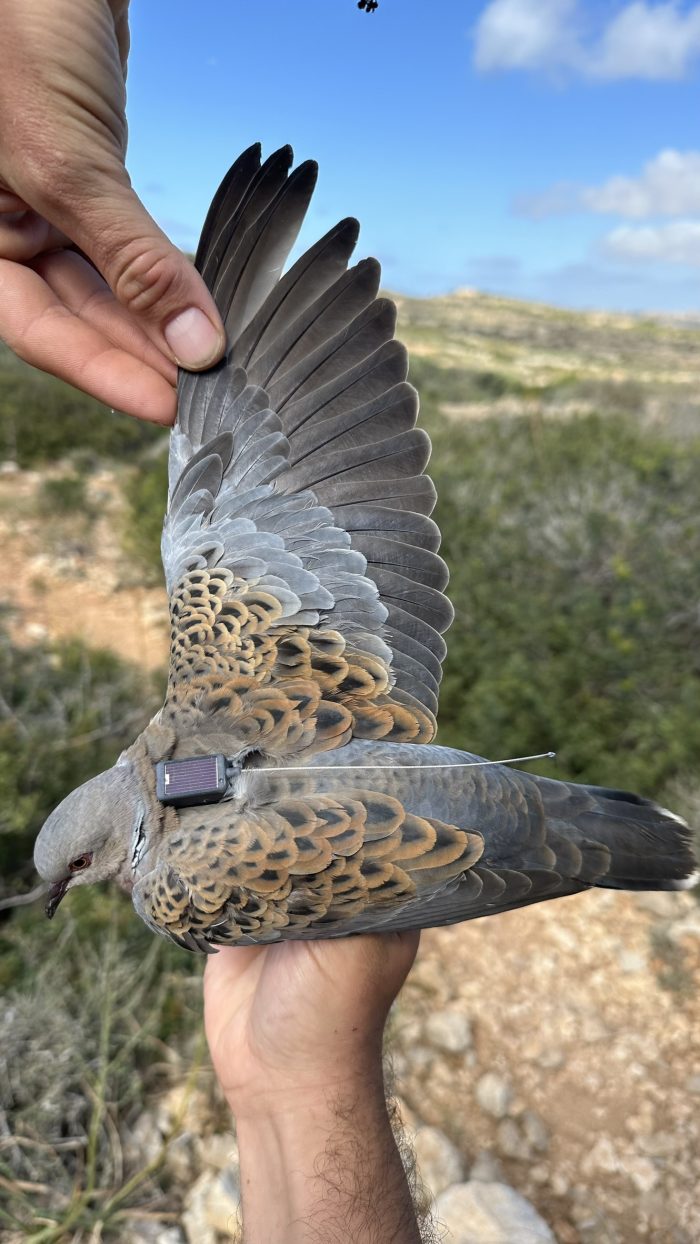BirdLife Malta has tracked a full migration cycle of a Turtle-dove named May, revealing the harsh journey these birds face.

May was tagged in April 2024 at the Comino ringing station as part of the EU-funded Habitrack project. A lightweight solar-powered GPS tracker showed her route to and from her breeding grounds in Sicily.
After nesting near Licata, May began her autumn migration on 13 September 2024, flying from Sicily to Libya, then crossing the Sahara. She covered around 500km each night for six days, reaching Niger on 19 September, where she rested for a week.
By late September, she entered Mali and spent the winter about 300km southeast of Timbuktu. In total, she travelled more than 3,300km.
On 20 April 2025, May began her return journey to Europe. After crossing the desert again, she reached Libya’s coast. But her first attempt to cross the Mediterranean on 5 May failed due to strong winds and storms. She flew for six hours before turning back to Libya, exhausted.
Ten days later, May successfully reached Sicily, eventually returning to the exact spot where she nested the year before. As of mid-June, she remains there, likely breeding again.
Her story shows the extreme effort migratory birds invest to reach their breeding grounds — a natural selection process where only the fittest survive.
Despite this, Malta still allows spring hunting, putting returning birds like May at risk. Conservationists insist the practice is unjustifiable and threatens already-declining migratory bird populations.
